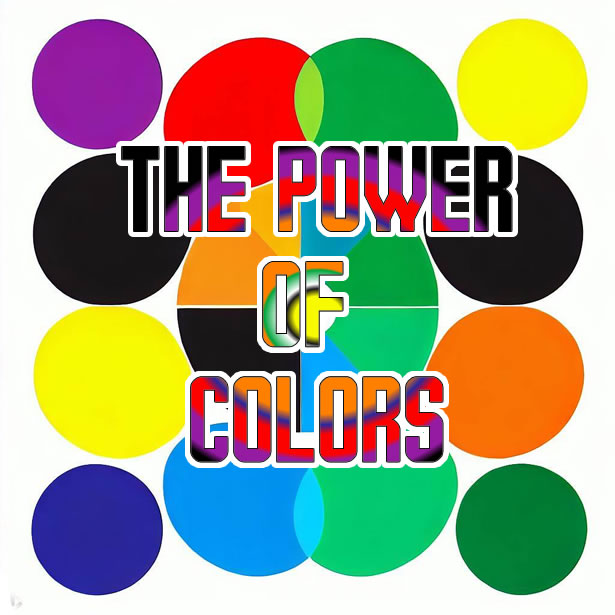
Color plays a fundamental role in graphic design, influencing how people perceive and interact with visual content. In this article, we will explore the significance of color in graphic design and how it enhances visual communication. Understanding the psychological and emotional impact of colors, as well as their symbolic associations, empowers designers to create compelling and effective designs. From color theory to color harmonies and the use of color in branding, we will delve into various aspects of color in graphic design to uncover its profound impact on the audience.

- The Psychology of Color: Colors evoke emotions, trigger associations, and influence behavior. Understanding color psychology allows designers to effectively communicate messages through visuals. We will explore the meanings and psychological effects associated with different colors, such as red, blue, green, yellow, and more. By harnessing the power of color psychology, designers can create designs that resonate with their intended audience.
- Color Theory and Harmony: Color theory provides a framework for understanding how colors interact and harmonize with each other. We will delve into concepts like the color wheel, complementary colors, analogous colors, and triadic color schemes. By applying color theory principles, designers can create visually pleasing compositions that engage and captivate viewers.
- Color in Branding: Colors play a crucial role in brand identity, helping to convey the personality, values, and messaging of a brand. We will explore successful examples of brands and their use of color to establish a strong visual identity. Additionally, we will discuss the importance of color consistency across various brand touchpoints to ensure brand recognition and recall.
- The Influence of Color in Marketing: Colors have a significant impact on marketing and advertising. We will examine how different industries utilize color to evoke specific emotions and influence consumer behavior. Whether it’s creating a sense of urgency, fostering trust, or promoting a lifestyle, understanding the role of color in marketing empowers designers to create persuasive visuals.
- Cultural and Symbolic Associations: Colors often have cultural and symbolic associations that vary across different societies and contexts. We will explore how colors are interpreted differently in various cultures and how designers need to consider these nuances when creating designs for a global audience. Sensitivity to cultural symbolism ensures designs are respectful and inclusive.
- Color Trends and Evolution: Color trends in graphic design are constantly evolving, reflecting shifts in cultural, social, and design preferences. We will discuss current color trends and explore how designers can leverage them to create contemporary and visually appealing designs. Staying informed about color trends helps designers maintain relevance and engage with their target audience.
- Color in User Experience (UX) Design: In UX design, color plays a vital role in guiding users, organizing information, and enhancing usability. We will explore how color is used to create intuitive interfaces, establish visual hierarchies, and provide feedback to users. By utilizing color effectively, designers can improve the overall user experience and promote user engagement.
Color is a powerful tool in graphic design, capable of eliciting emotions, conveying messages, and influencing behavior. By understanding the psychology of color, employing color theory principles, and considering cultural and symbolic associations, designers can create visually impactful designs that effectively communicate with their audience. Whether it’s through branding, marketing, or user experience design, color plays a crucial role in enhancing visual communication. Staying attuned to color trends and continually exploring new ways to leverage color ensures designers stay innovative and connect with their target audience. By harnessing the potential of color, designers can create memorable, engaging, and persuasive visual experiences that leave a lasting impression.
